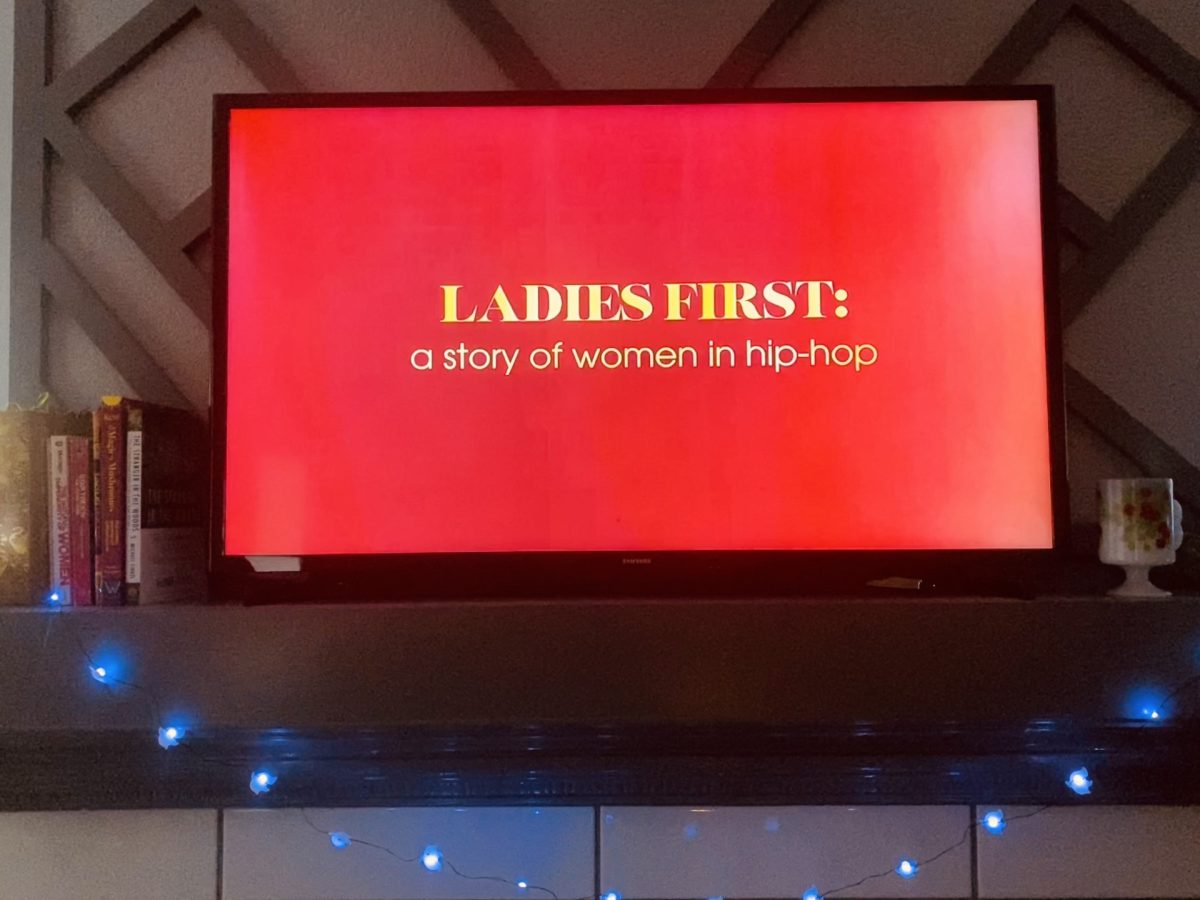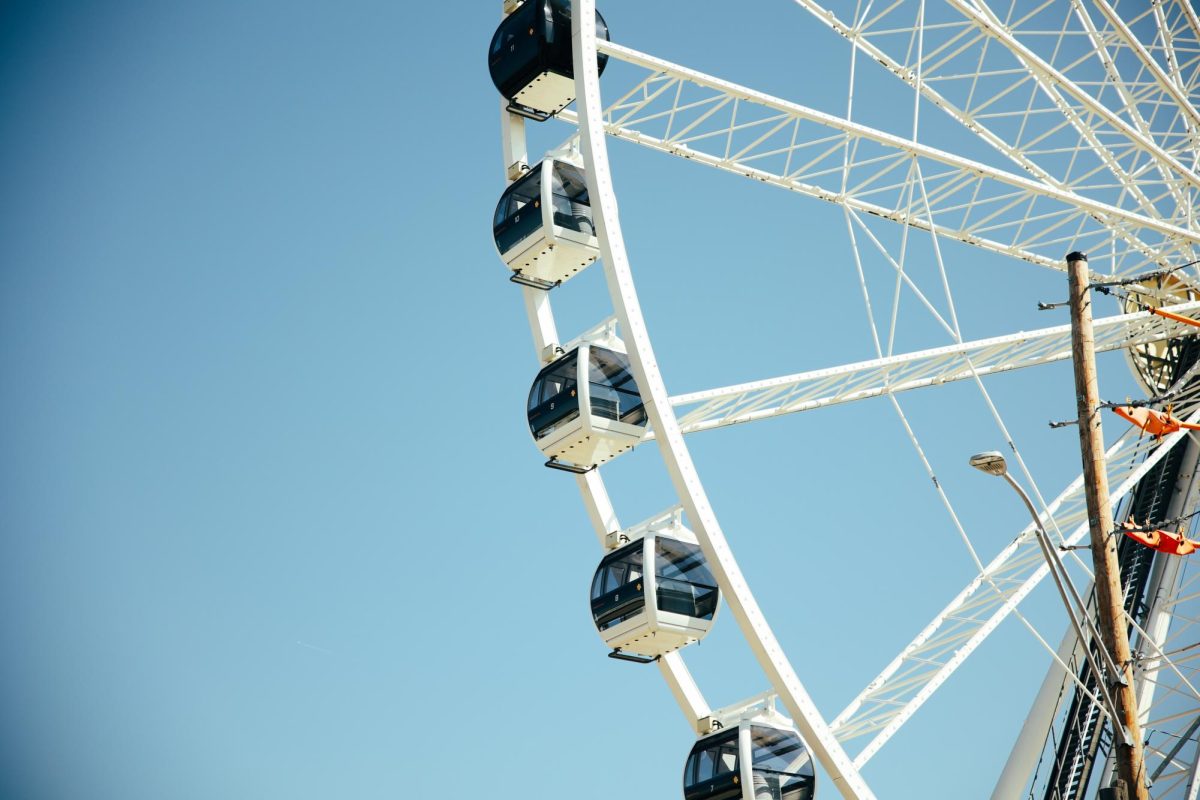Warning: Spoilers for all nine “Star Wars” films are strong with this article.
Visionary director George Lucas unleashed the pop culture juggernaut “Star Wars” nearly 44 years ago. Since then, fans of the beloved franchise have looked for as many ways to dissect and discuss the films as possible.
On a podcast called “Skytalkers,” a show known for its in-depth analysis, hosts Caitlin Plesher and Charlotte Errity discovered a new way to watch the films known as the “Nesting Doll Order.”
The Nesting Doll Order takes inspiration from Matryoshka Dolls of Russian culture. The dolls start as small, intricately-painted mother figures that break apart and reveal a smaller doll inside, which also breaks apart to find an even smaller doll inside, and so on.
What does this have to do with “Star Wars?” The order suggests starting off broadly, but then progressively getting deeper into the mythology of the series with each movie. This order is superior to others, as the transitions between each film add different contexts and makes all nine films feel like a fully connected saga.
This May 4 (National “Star Wars” Day), try an order that gives a different perspective to the Skywalker legend. The order goes “The Force Awakens,” “The Last Jedi,” “A New Hope,” “The Empire Strikes Back,” “The Phantom Menace,” “Attack of the Clones,” “Revenge of the Sith,” “Return of the Jedi” and ending with “The Rise of Skywalker.”
“The Force Awakens” acts as an entry into the universe. It establishes the heroes of Rey, Finn and Poe making their way in a galaxy haunted by the past. Rey lives on a planet littered with wreckage from a long-ago battle, knowing the heroics of Luke Skywalker and the Jedi as nothing more than myths.
The world opens up even more when characters like the rebel hero Han Solo and the wise Obi-Wan Kenobi reveal stories of the Force and the Jedi being true. Specifics are not mentioned but both hint that there is a long history with Luke Skywalker, Darth Vader and the Jedi.
Rey finds Luke as an old, cynical curmudgeon in “The Last Jedi.” He reveals that it is time for the Jedi to end, alluding to them as hypocrites that allowed evil to rise in the galaxy. Skywalker comes around to be the ultimate Jedi in the end by sacrificing himself to embody the symbol of hope he once was.
Going from “The Last Jedi” to “A New Hope” provides one of the best transitions between the films in this order. In the original trilogy, Luke is no longer the grumpy old Jedi, but a fresh-faced farm boy with dreams of adventure. This is just how far Luke fell and why his return to the light is so important.
Everyone looks to Princess Leia Organa for guidance in “The Last Jedi.” It is not until “A New Hope” and “Empire Strikes Back” that we understand just how long she has been fighting. Seeing her blast troopers and mouth off to Darth Vader shows why she is the respected figure she became.
Queen Padme Amidala is an underrated character in “Star Wars,” and she gets a moment to shine here. With her dying breath, she proclaims there is still good in Anakin. She still believes in him, even after the atrocities he has committed. Going from that to seeing Luke redeem Anakin in “Return of the Jedi,” I could not help but feel her spirit working through Luke.
No fictional universe is complete without its wicked villains. With a few vague mentions in earlier films of the viewing order, “The Empire Strikes Back” marks the first appearance of the series’ ultimate foe: Emperor Palpatine.
He is a dangerous man. Not just because he is extremely powerful, but also a master manipulator. Palpatine influences the Senate into giving him emergency powers and orchestrates an entire war to secure his rise to power. He sinks his claws into young Anakin Skywalker to begin his turn to the dark side. He even makes a return from the dead in “The Rise of Skywalker.”
Of course, at the end of “Empire Strikes Back,” Vader reveals he is Luke’s father. Seeing the transition from Vader force-choking his own officers to a young enslaved boy who loves his mom and just wants to help everyone makes the eventual turn more heart-breaking.
Previous films hinted at the Jedi as great warriors, but it is all on display in the prequel movies. The moment in “Attack of the Clones” where all the Jedi charge into battle against the droid army fills my inner child with a lot of joy.
They are also dogmatic hypocrites who Luke had referenced in “The Last Jedi.” They claim to be keepers of the peace yet join a war. The prophesized Chosen One stands before them, but they scoff because he is too old to begin their training program.
The viewing order concludes with “The Rise of Skywalker,” where the new heroes must reconcile with the sins of the past by utilizing the lessons that previous legacy characters like Luke and Leia bestowed upon them.
This feels like the culmination of all the events for one last fight against evil. Even civilians in ships arrive at the battle to stand up for themselves after the dark side has done nothing but ruin their lives.
This “Star Wars” Day, try out a viewing order that brings together all nine films into one large, continuous epic. The transitions from film to film added new context to moments that I already loved and gradually pulled back each layer to show what engulfed the galaxy in chaos. The Nesting Doll Order is a must try for any fan of the series.








